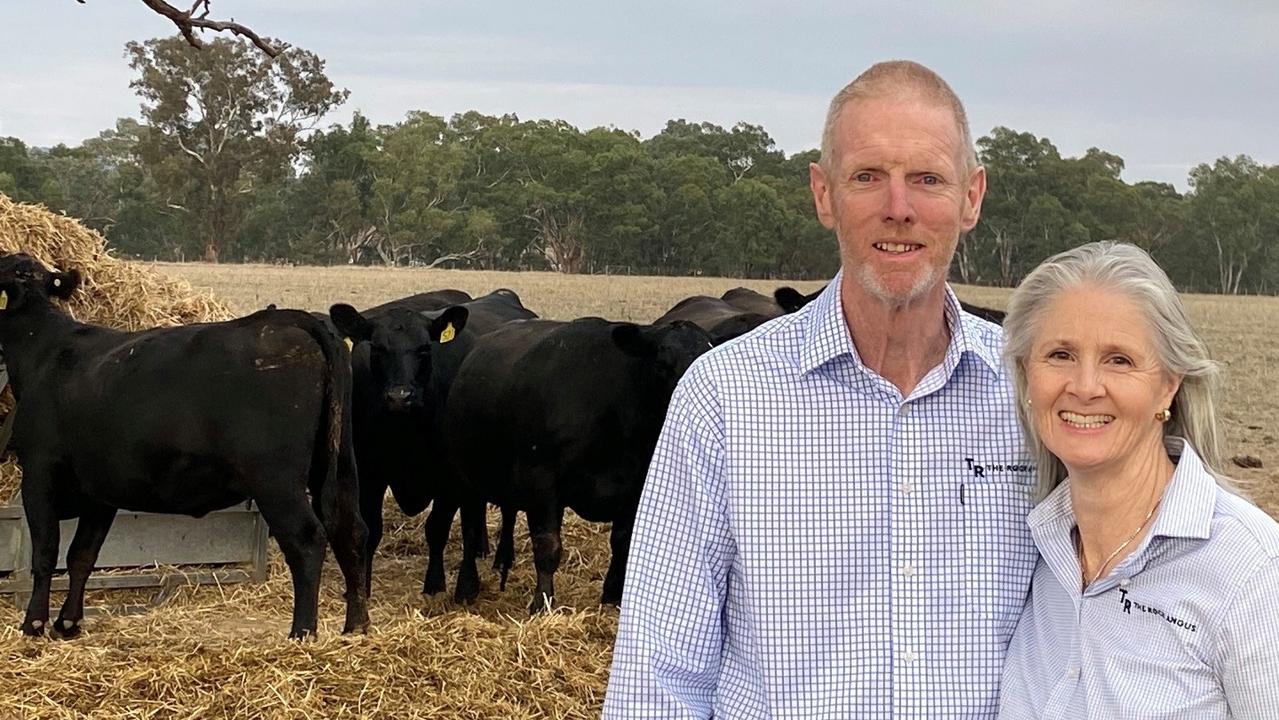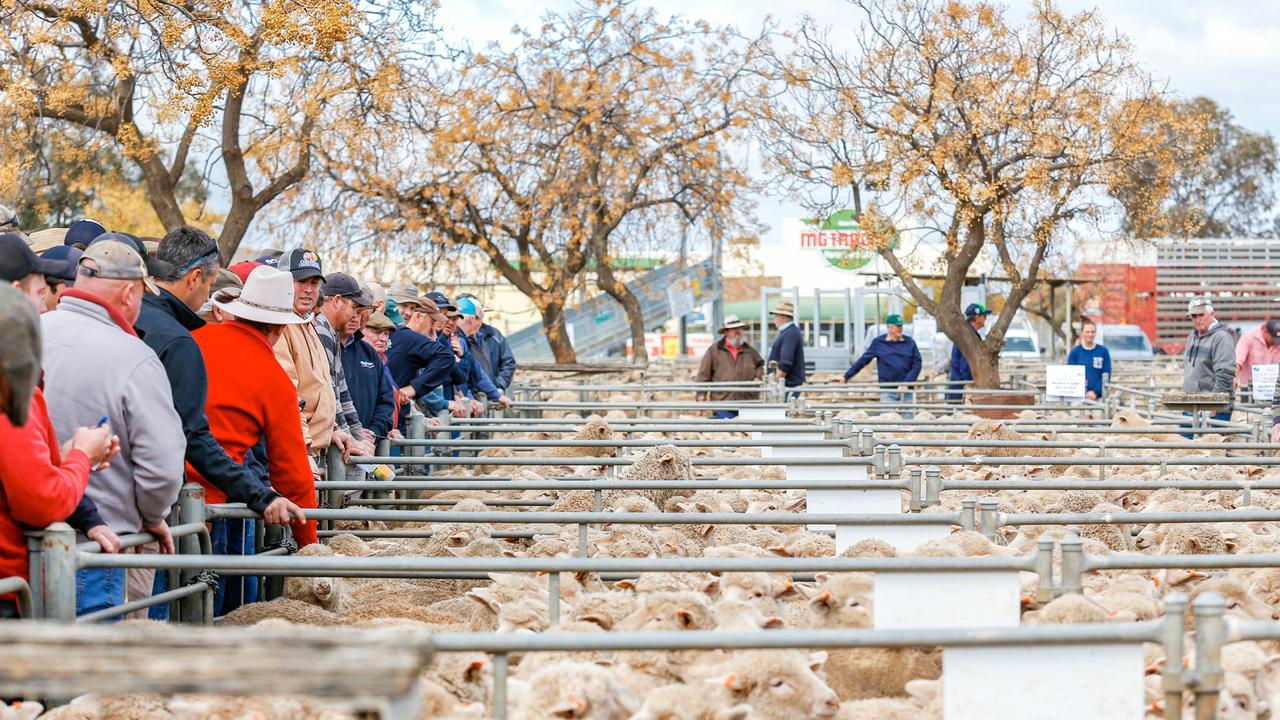Higher yardings dampening livestock prices
Above average cattle and sheep yardings has caused cheaper livestock prices during the past month. See the latest prices.

A surge of finished stock has dampened livestock prices as producers struggle to pick market trends.
Both sheep and cattle have been cheaper over the past month, with the benchmark Eastern Young Cattle Indicator dropping 19c/kg carcass weight in the past week to finish on Monday at 621c/kg.
But it’s been even tougher for lamb producers, who have seen January price gains wiped out and national indicators losing 30-80c/kg carcass weight in the past month.
Episode 3 director Matt Dalgleish said numbers in saleyards were higher than average to date in February.
“Average weekly cattle yardings across the eastern seaboard saleyards has sat at around 73,000 … which is 78 per cent stronger than the five-year average trend for the first three weeks of February,” Mr Dalgleish said.
“The stronger than normal cattle turn-off has impacted prices with the national heavy steer indicator easing from a recent peak of 312c/kg liveweight to 280c/kg, a decline of around 10 per cent.”
It was a similar situation for sheep, Mr Dalgleish said, with February yardings 47 per cent higher than the five-year average for lamb and 64 per cent higher for mutton.
Elders Albury agent Harry Cozens said a surge of lamb supplies was not only supplying yards but also being offered direct to processors, meaning there was not as much impetus to buy.
“There are lambs coming out of feedlots and off paddocks that are being prepared for crops,” Mr Cozens said.
“Some producers are pulling the trigger (selling) to make space for either cropping or for the next crop of lambs.”
But Mr Cozens said he was hopeful prices would turnaround, though it could be a month before improvements were seen.
“When you look at the normal pattern in spring, usually 60 per cent of lambs go to processors and 40 per cent to restockers, but last spring it was more like 80 per cent went to processors, so that says to me that there will be fewer numbers in last autumn and winter,” he said.
RMA general manager Chris Howie said the normal trend was for lamb and mutton yardings to lift from mid-January as people quit stock off stubbles or decided to feed on or not.
“Prices usually soften from mid-March to mid-April – not a crash – that’s just what happens,” Mr Howie said.
As for beef’s market check, Mr Howie said northern orders for cattle were now finding the going too tough thanks to the January price lift, and the “freight component has killed that”.
“We are also coming into the northern turn-off, which usually starts second week of March, and most processors have secured positions for big numbers of cattle,” Mr Howie said.
But there are bright spots in the livestock markets with Ballarat’s dearer store cattle sale late last week reflecting producer confidence in the longer term.




